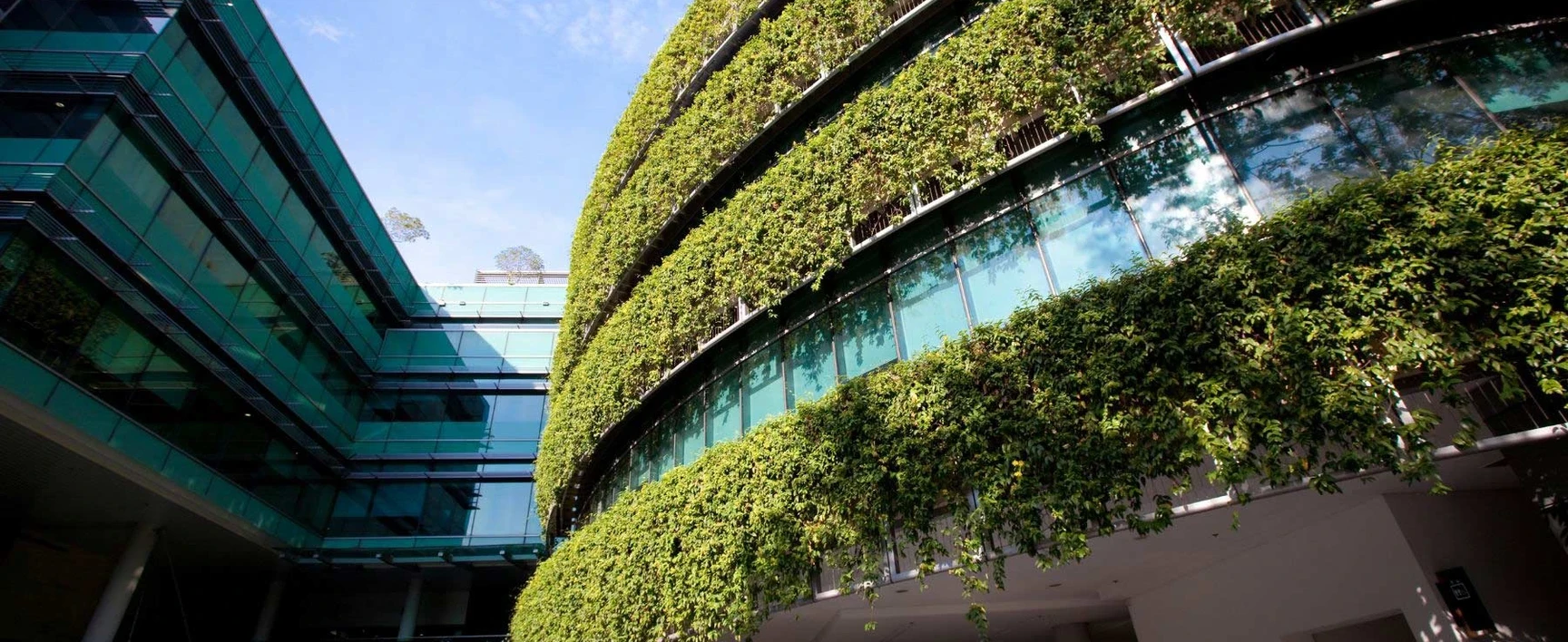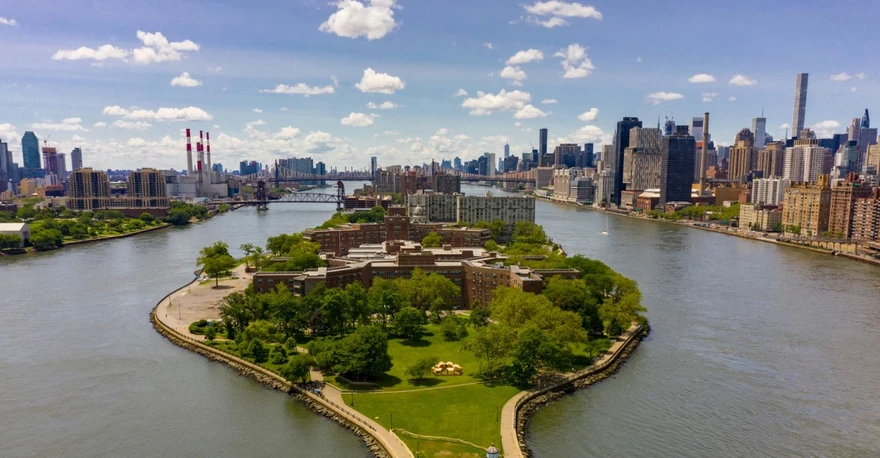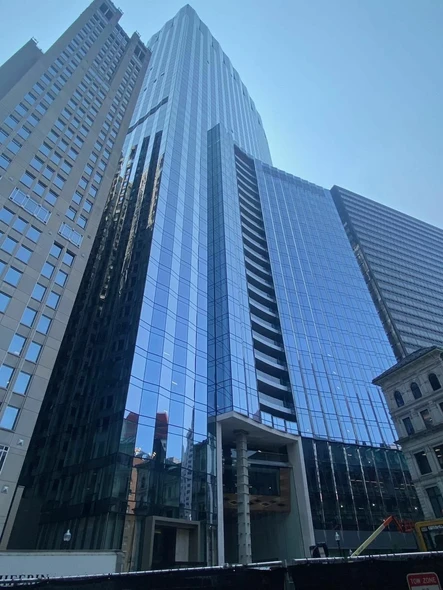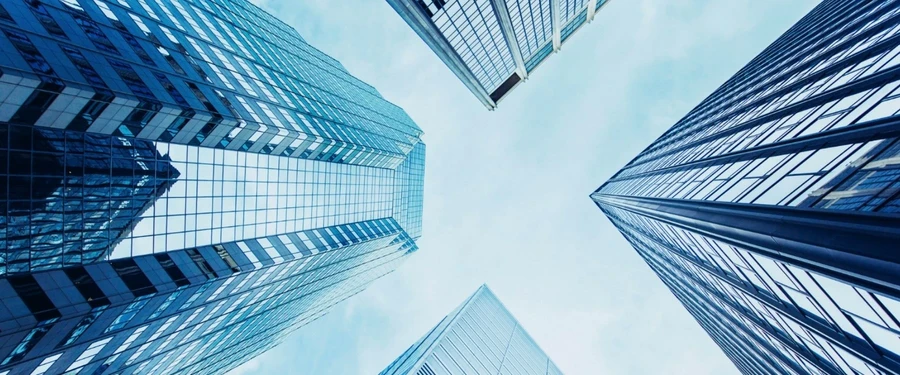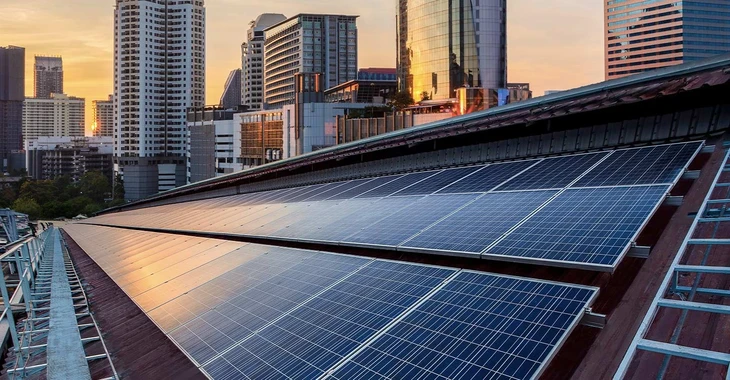At SOCOTEC, we help clients achieve their sustainability goals by delivering innovative solutions for net zero buildings, low energy buildings, and Passive House projects.
With decades of experience, our team brings together expertise in envelope design, lighting, HVAC, controls, and renewable systems to create buildings that are not only efficient but resilient, healthy, and future-ready.
Our approach is holistic and people-centric, planning every stage of design and construction to meet the highest performance standards while keeping occupant comfort and long-term value at the core.
Net Zero Building vs Passive House: What’s the Difference?
All approaches aim to drastically reduce energy use and carbon emissions, but they take different paths to reach those goals:
- Net Zero Building or Zero Energy Building: Designed to produce as much clean energy as it consumes annually, often by combining efficiency upgrades with on-site renewables like photovoltaics or geothermal systems. The target is often net zero carbon or zero energy building performance.
- Low Energy Building: Designed to use significantly less energy than standard buildings (through efficiency, insulation, better systems, etc.), but not necessarily reaching zero or net zero.
- Passive House: Focuses on minimizing energy demand through ultra-high-performance envelopes, airtightness, and optimized ventilation. Energy needs are kept so low that smaller, simpler systems can efficiently cover heating and cooling.
SOCOTEC is one of the few firms with pioneering expertise in these three pathways, guiding clients toward the solution that best fits their goals, site, and budget. Our certified Passive House Consultants (CPHCs) and energy modeling expertise ensure projects meet the most stringent sustainability standards while maintaining cost-effectiveness and occupant comfort.

Talk to our experts
Our Services for High-Performance Buildings
SOCOTEC believes that achieving zero-energy and low-energy buildings requires holistic planning from the very start.
Our Net Zero Projects
Our expertise spans commercial, residential, institutional, and industrial projects. Our net zero and passive house projects include:
- Net Zero Building consulting on the first US Net Zero building, Oberlin College’s Adam Joseph Lewis Center for Environmental Studies.
- Net Zero studies for major department stores and government offices
- Net Zero report for NYSERDA reports
- Passive House consulting for Cornell Tech’s residential tower, educational facilities, and affordable housing projects
- Support for developers, owners, and design teams in meeting green zoning, PHIUS certification, and funding requirements
Solutions for a Carbon Neutral Future
Whether you are pursuing a zero carbon building, targeting Passive House certification, or developing a roadmap to net zero carbon, SOCOTEC brings proven strategies, technical expertise, and a commitment to long-term building performance.
Our mission is to help you design, build, and operate spaces that are energy efficient, sustainable, and resilient, without compromising comfort or functionality.
Ready to transform your building into Net Zero or Passive House?


